Orson: Ready and willing to hunt the great white whale?
Mank: Just call me Ahab.
Herman J. Mankiewicz – or Mank as called by everyone who knows him – is a man of many (clever) words. Whether on set at the studio or the next big social gathering, Mank is there. And he always has something to say. With his writing team at his side, Mank makes the best of the studio work given to him. Spitballing film concepts, visiting sets, Mank enjoys Hollywood life.
However, in a changing political landscape in the film industry, Mank’s disillusionment grows. This disillusionment reaches its climax in the form of a screenplay. A dynamic team up with rising star Orson Welles. A little RKO Picture called Citizen Kane. Working away from the studio and out on his own with only a typist and a nurse by his side, Mank writes. Nights on end, Mank toils away at his screenplay. Inspired by encounters in his life. This is the story of David Fincher’s Mank.
Right from the start of the film, it treats us to an exercise in mise-en-scène. Fincher and his team left no detail untouched. The result is making this film look like it’s from another era. If not for the modern-day actors, I would’ve thought of this film as something from another time altogether. Even with slight celluloid tears and burns to the supposed transfer, Fincher makes the smallest details important to make the final product look amazing.
The cinematography done by Erik Messerschmidt does most of the heavy lifting in that department. From the lighting to the soft hues, each establishing shot provides a classy and aged aesthetic. The camera work helps the film maintain its epic feel with its wide establishing shots. Certain scene setups make wonderful use of the production design. From wide ballrooms to huge dining tables the sets are articulately displayed thanks to the clever camera work. Some of Mank‘s sets look like they belong to Citizen Kane. Overall, the film’s production feels like a love letter to 1930’s Hollywood. Film history enthusiasts are sure to enjoy this trip down memory lane.
This is all brought together by an absolutely amazing score courtesy of Trent Reznor and Atticus Ross. Filled with classical music and high strung jazz, Reznor and Ross do some of their best work here. The long term Fincher collaborators rise to the occasion and make a score with many facets to compliment the equally ambitious story. The score goes from intimate and slow tempos to fast-paced and loose jazz in different scenes. The emotional range of the score is truly impressive.
The script work is as immaculate as its production design, of course. In a meta scene, an associate of Mank complains in regards to Mank’s initial draft of Citizen Kane: nonlinear, constantly jumping around from time period to time period. Mank simply responds, “Welcome to my mind”. Thanks to screenwriter Jack Fincher (father of David), Mank constantly moves in different points of the title character’s life. In fact, the film cleverly transitions using title cards in the vain of scene headings on scripts.
Mank is a film that speaks volumes to our culture and even the film industry today. The dichotomy that it presents in its evocation of a different era while still being so relevant is extremely impressive. Nearly the entirety of the film relies on the musings of Mank and how his real-life experiences reflect his work in his script. If any film properly conveys the writing process in such a cinematic way, it’s Mank. That being said, the script is brought to life to great success thanks to the extremely talented cast.
Gary Oldman plays the loose and wild title character to an astounding degree of passion. As Mank, Oldman tortures himself over the industry, his writing, the changing culture, and relationships with those close to him. Speaking of, the supporting cast is as revelatory as Oldman. Lily Collins as typist Rita keeps Mank grounded in the present while a host of supporting figures shape his past and ultimately the screenplay of Citizen Kane. Lily Collins’s chemistry with Oldman is charming and evokes the odd pairings of old Hollywood comedies from a lost time.
READ: ‘Half Brothers’ Review: “A Buddy Comedy For The Ages”
In the flashback segments, we get absolutely stellar performances from the likes of Amanda Seyfried as rising star Marion, Tom Pelphrey as Mank’s brother Joseph, and Arliss Howard as MGM head Louis B. Mayer. Seyfried is at the heart of Mank’s flashbacks, providing Mank with some of the most emotional and intimate moments of the film. Pelphrey as Joseph adds another layer to Mank’s story, being something a foil and a conversationalist providing more of the witty scenes. Howard as the ruthless MGM head is also without a doubt one of the most entertaining performances of the film, second only to Oldman. An added bonus is Tom Burke in an uncanny performance as Orson Welles himself. His rare appearance in the film makes his performance that much more of a treat.
Each character in Mank has its purpose. These essential flashbacks that the film puts on display in almost every other scene give context to Mank’s writing process. This also applies to the film that this one is based on, Citizen Kane. The multiple layers to each scene that give meaning to this and Welles’s classic give Jack Fincher’s screenplay that much more depth. The fact that Fincher is able to execute it on screen properly is an impressive feat as well.
Mank really shows its genius in properly getting the audience to understand the stakes of it all too. Fincher puts on display the complicated machinations of growing Hollywood and its studios. Even more so, the political backings of its bigger studio presidents. So when Mank takes on the project of Citizen Kane, with the character of Kane being a stand-in (and criticism) for a very influential figure in Hollywood at the time, there is an understandable concern. Concern for Mank and his career, concern for those he cares for as they are under the studio’s hand, and more.
Moreso, Mank reels its audience in with the idea that this script is one that can mean something. A story that is a reflection of something real. The fact that this is something that has Mank’s peers concerned but also under the belief that it’s the best he is written is quite frankly, powerful. Watching this cast of characters visit Mank in the present after we are introduced to them in the past is a great emotional payoff. They are aware of the events that shaped Mank’s screenplay, and it concerns them. The concern stems from the fact this screenplay holds a mirror up to the ugly machinations of Hollywood’s political underbelly. This is where Mank shows how powerful it can be.
By the end of this epic picture and the third act rolls around, we know Mank’s story. His first-hand witnessing of the corruption of truth, and power. Of the abuse of the very heart of Hollywood and the pictures it makes. That very same corruption leading to Mank’s creation of the script for what many consider to be one of the greatest films ever made.
Fincher did something very special with this film. He takes a look at the past of the industry he works in, while also providing a stern warning for the future of where it could go. A relevant period piece that still speaks volumes about what is happening in our society today. Mank is a cinematic triumph that is sharply directed and acted that tells an enthralling story on one of the most famous screenplays ever written. Add to that Fincher’s signature personal and human touch, you get a picture that is one of the best this year. – Ernesto Valenzuela
Rating: 9/10
Mank will be available to stream on Netflix on December 4th.
The film stars Gary Oldman, Amanda Seyfried, Lily Collins, Tom Pelphrey, and Arliss Howard.

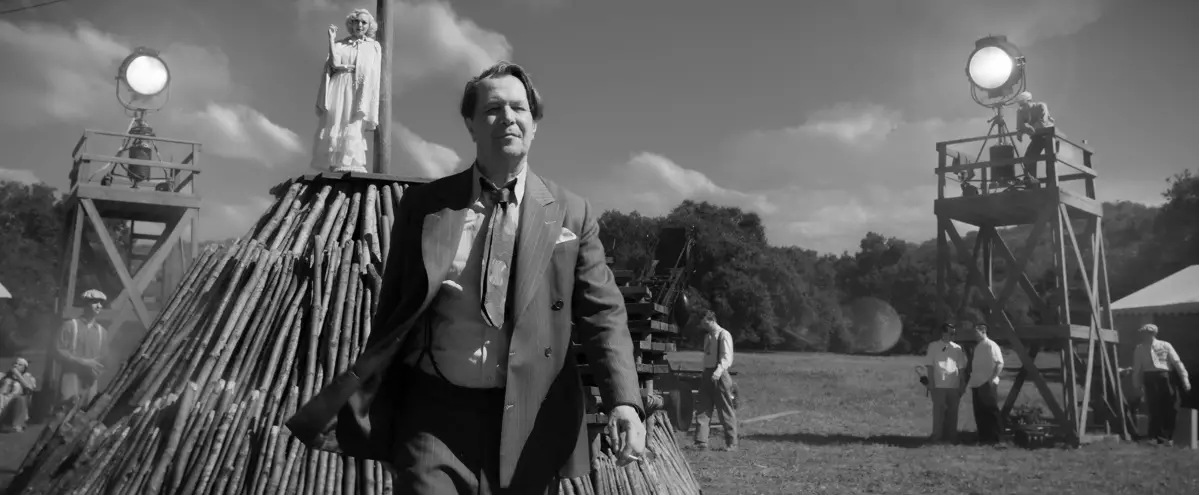
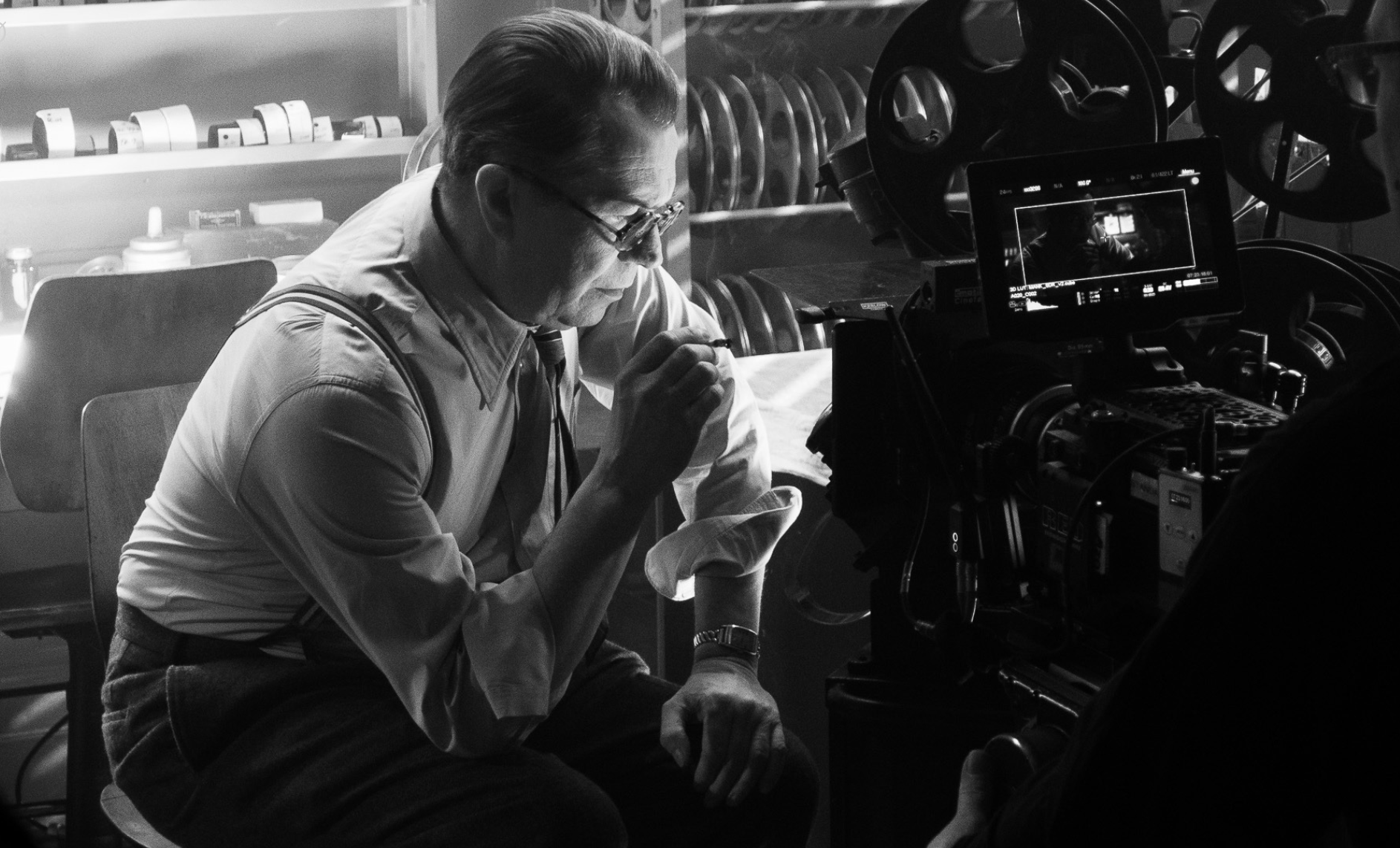
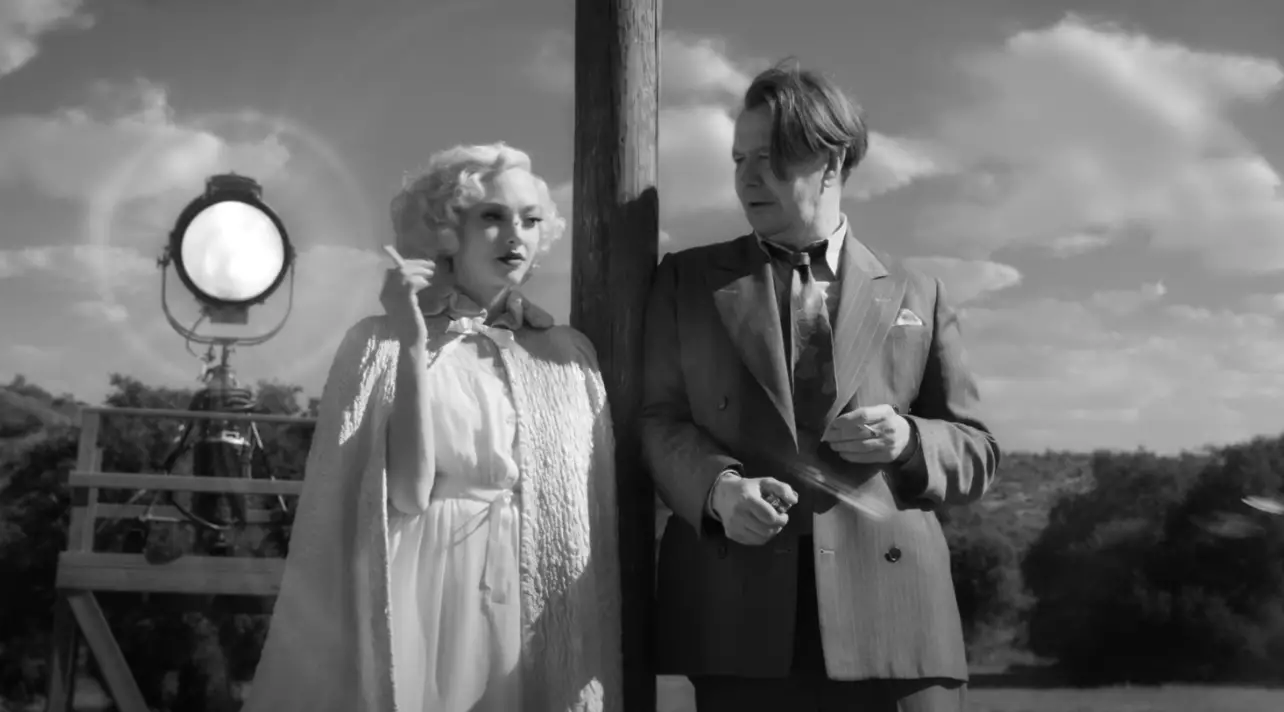
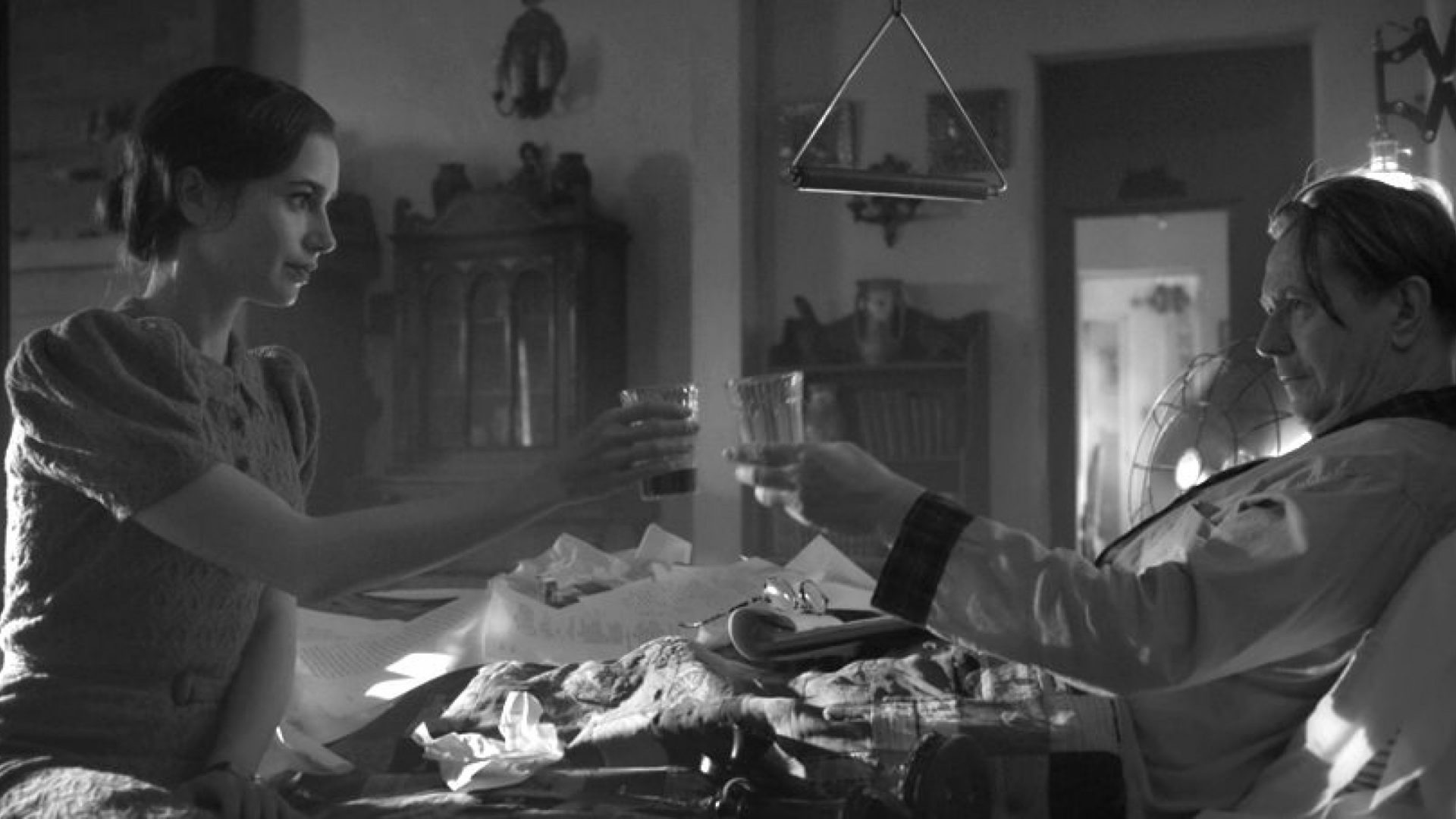
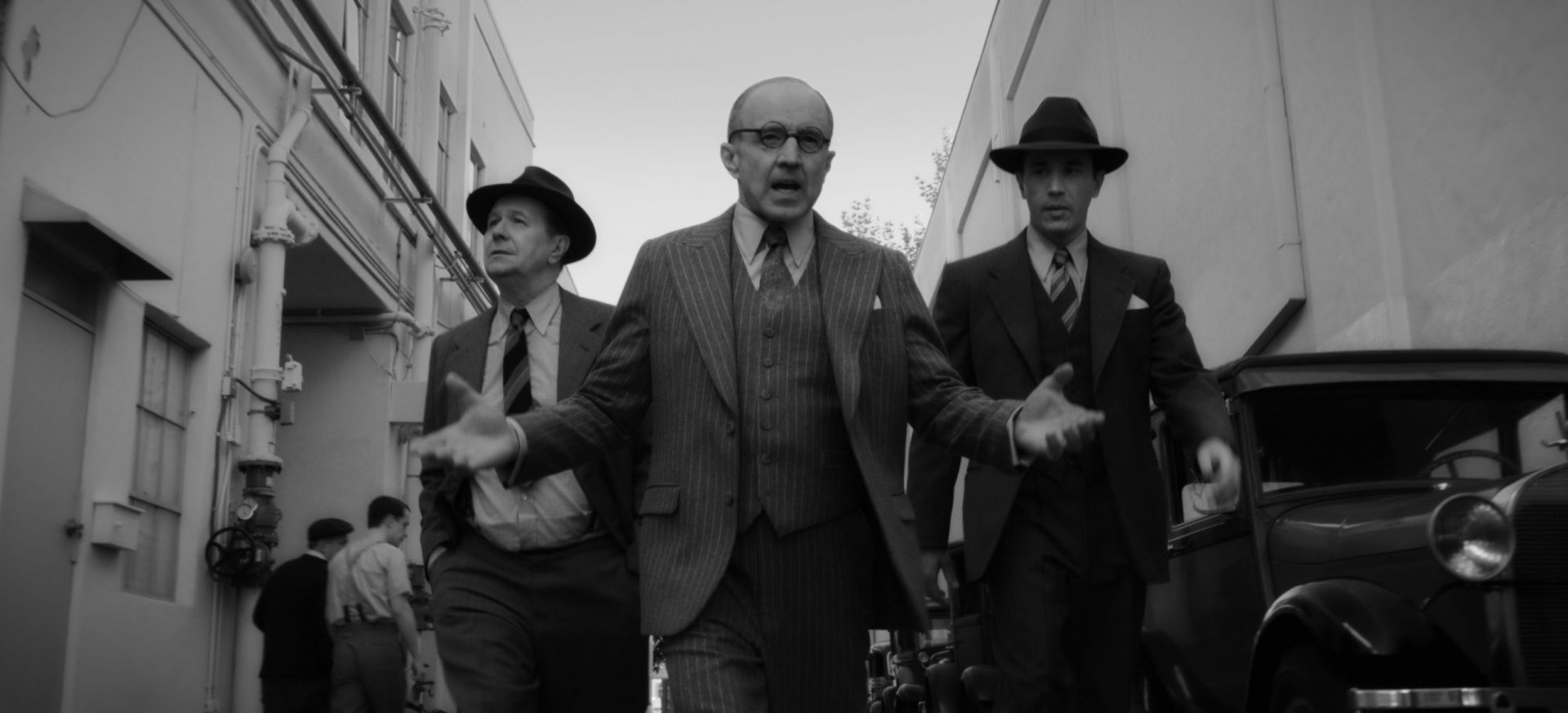





Leave a Comment